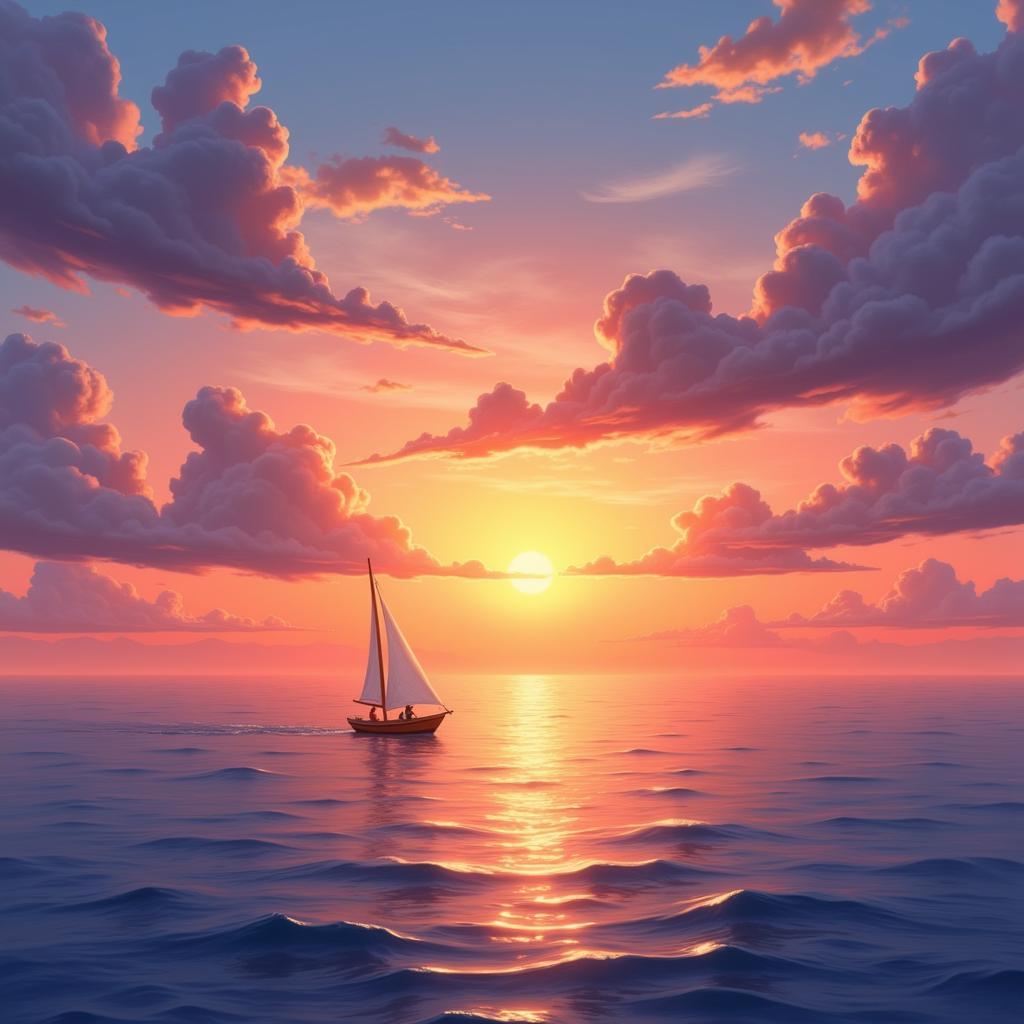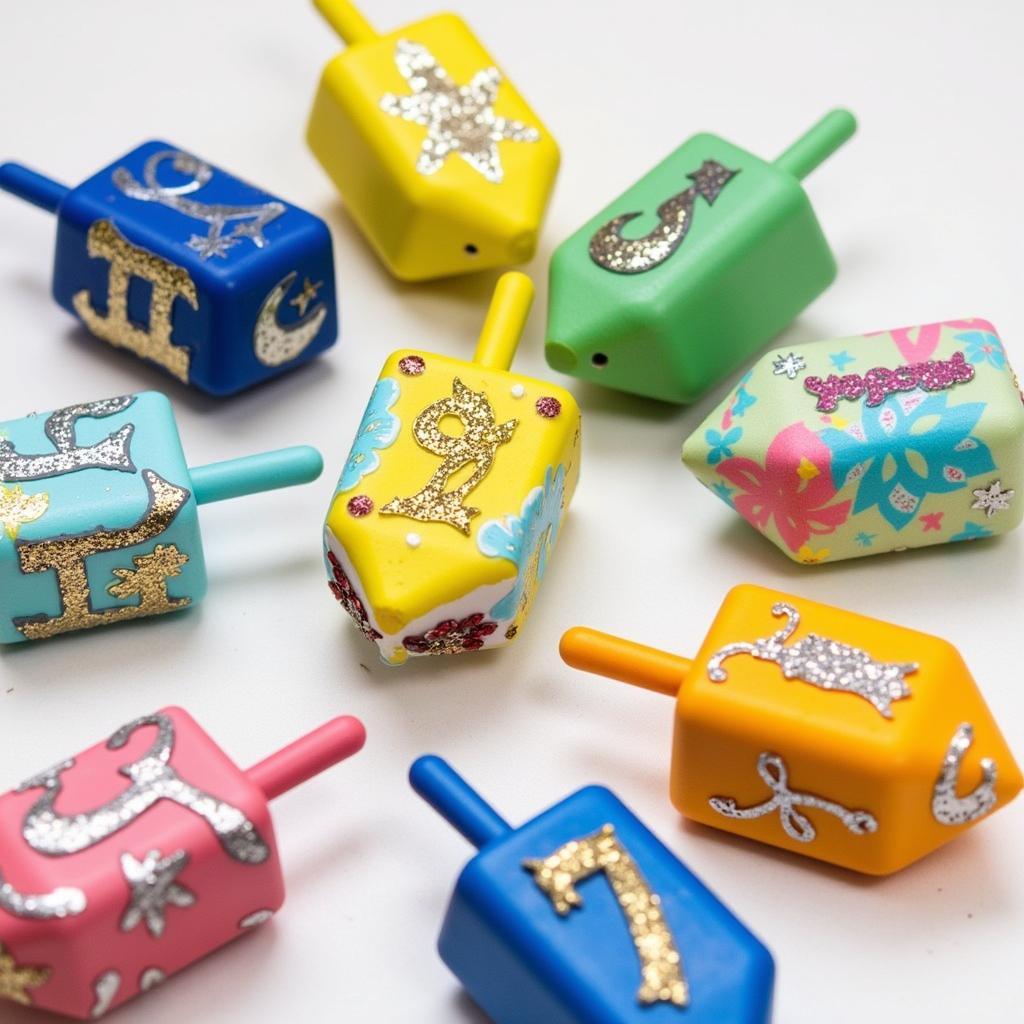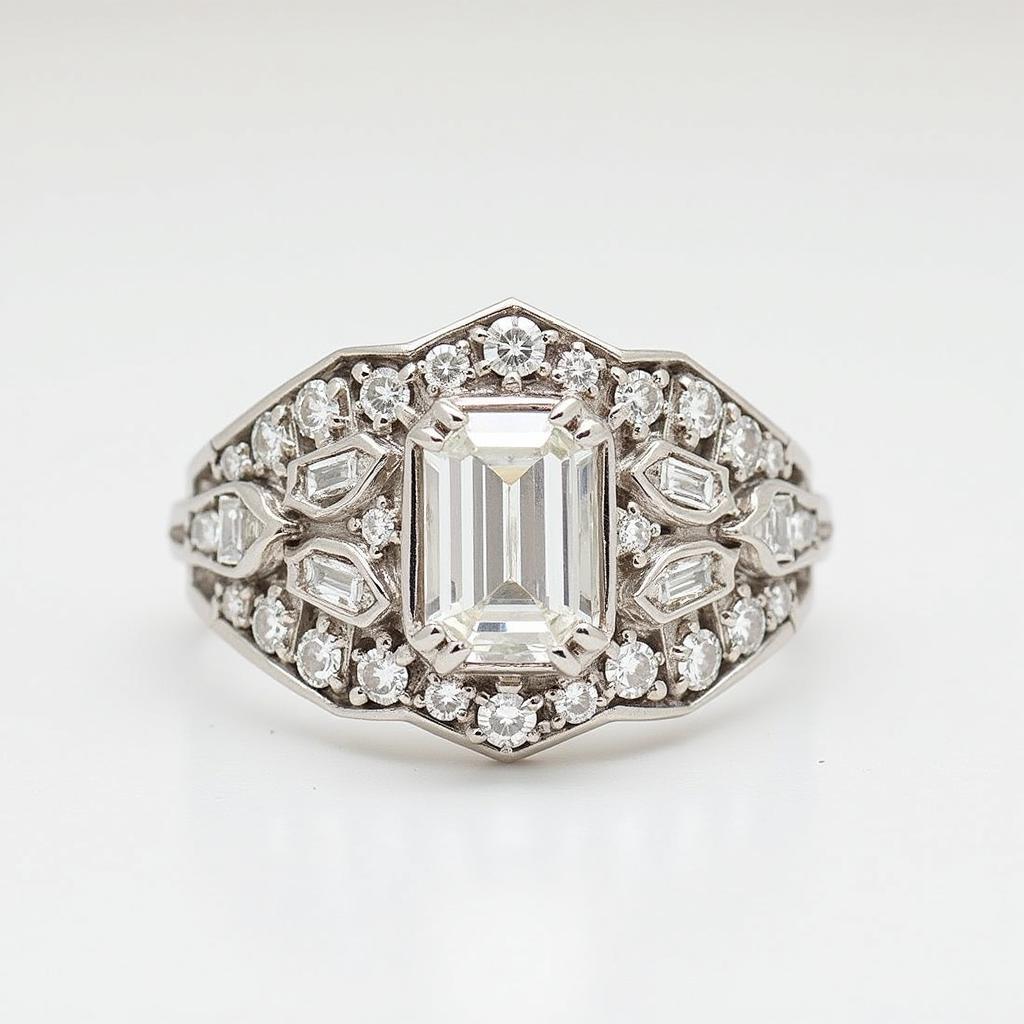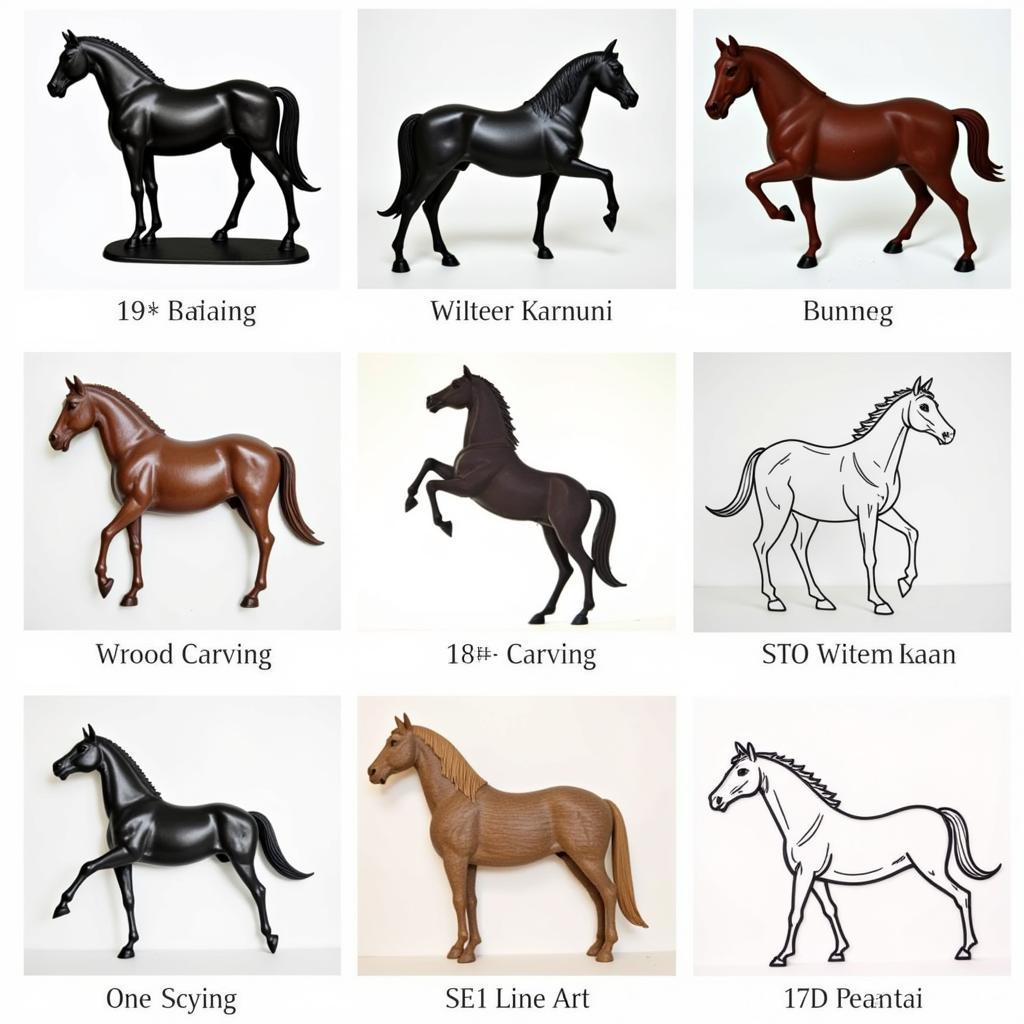Norse Gods Art: A Journey into Myth and Legend
Norse Gods Art offers a captivating glimpse into the rich tapestry of Norse mythology. From the mighty Thor to the cunning Loki, these gods and goddesses have inspired artists for centuries, their stories brought to life through breathtaking imagery and powerful symbolism.
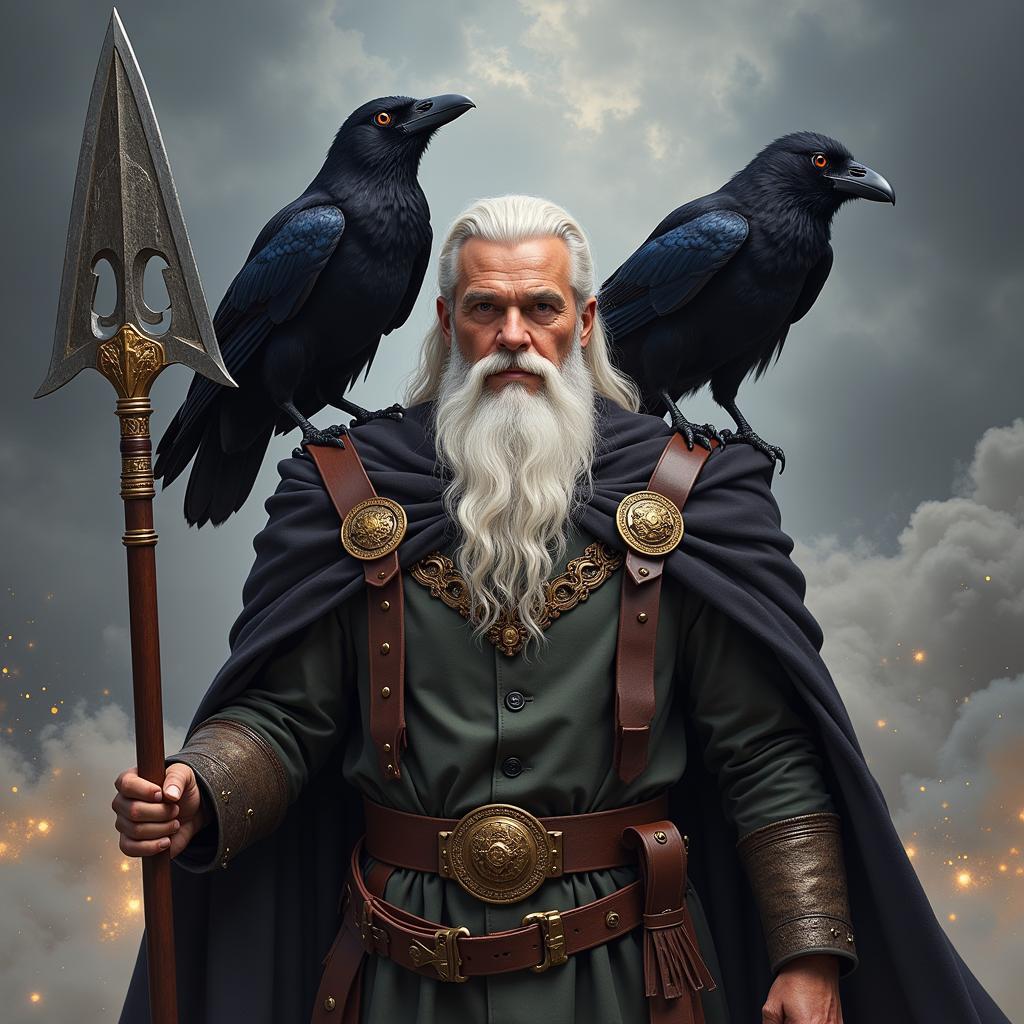 Odin in Norse Mythology Art
Odin in Norse Mythology Art
The Allure of Norse Gods in Art
The Norse pantheon, with its complex characters and dramatic narratives, provides fertile ground for artistic exploration. Unlike the often idealized depictions of gods and goddesses in other mythologies, Norse gods are portrayed with a raw, human-like quality. Their flaws, struggles, and triumphs resonate deeply with audiences, making them relatable figures despite their divine status.
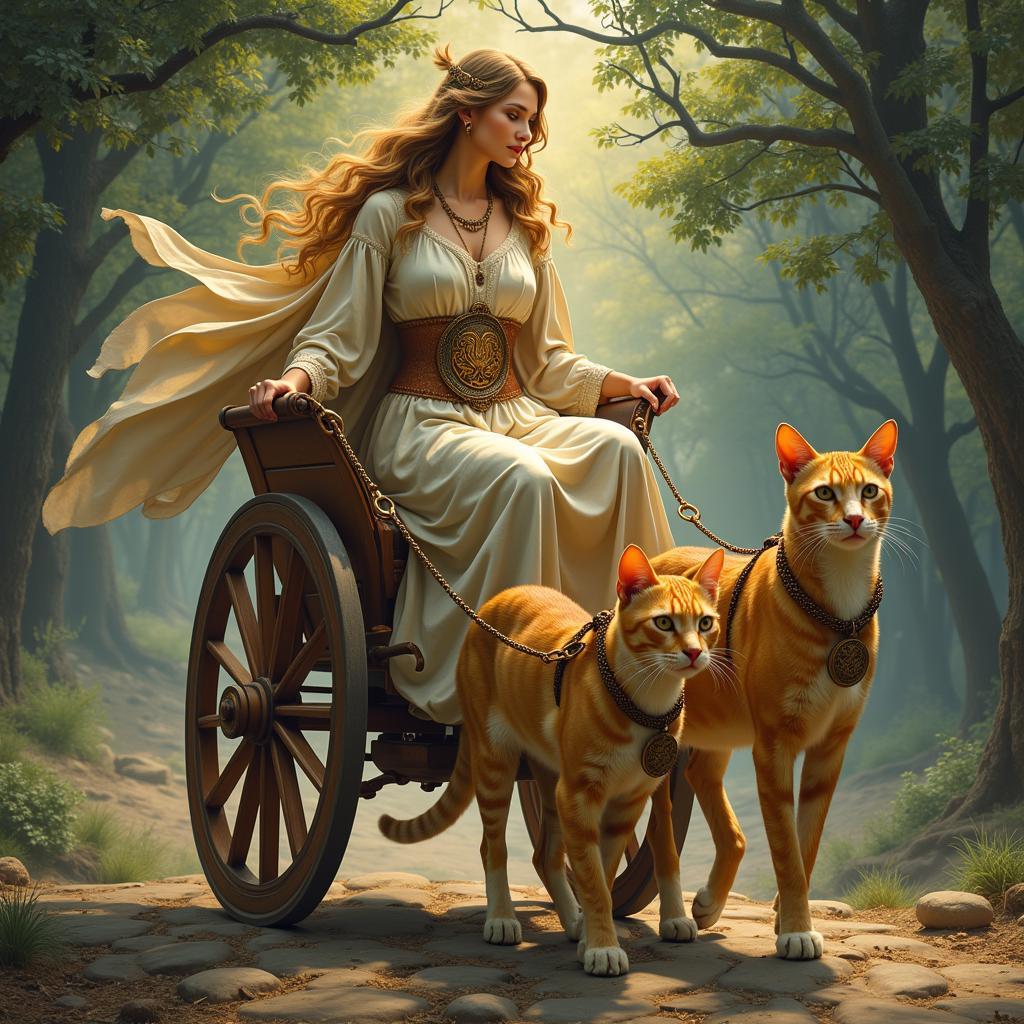 Norse Goddesses in Art
Norse Goddesses in Art
Depicting Divinity: Common Themes and Motifs
Artists throughout history have employed a variety of themes and motifs to convey the essence of these Norse deities:
- Power and Strength: Thor, the god of thunder, is often depicted wielding his mighty hammer, Mjolnir, embodying the raw power of nature.
- Wisdom and Knowledge: Odin, the Allfather, is often portrayed as a wise old man with one eye, accompanied by his ravens, Huginn and Muninn, who bring him knowledge from all the Nine Realms.
- Beauty and Love: Freya, the goddess of love, beauty, and magic, is often depicted as a captivating figure, adorned with jewels and accompanied by her chariot drawn by cats.
From Viking Age to Modern Interpretations: The Evolution of Style
The portrayal of Norse gods in art has evolved significantly over time, reflecting changing artistic styles and cultural interpretations.
- Viking Age Art: Characterized by intricate knotwork patterns and zoomorphic designs, Viking Age art often depicted gods and goddesses in abstract or symbolic forms.
- Medieval and Renaissance Art: During this period, Norse gods were sometimes incorporated into Christian art, often depicted as powerful but ultimately vanquished foes.
- Romanticism and the 19th Century: The Romantic movement brought a renewed interest in mythology, and Norse gods became popular subjects for artists seeking to evoke a sense of awe and wonder.
- Modern and Contemporary Art: Today, artists continue to find inspiration in Norse mythology, often reimagining traditional figures in new and innovative ways.
Norse Gods Art: A Timeless Source of Inspiration
Norse gods art continues to captivate audiences today, offering a powerful blend of mythology, history, and artistic expression. Whether through traditional paintings, sculptures, or digital art, these depictions invite us to explore the rich tapestry of Norse mythology and discover the enduring power of these ancient stories.
